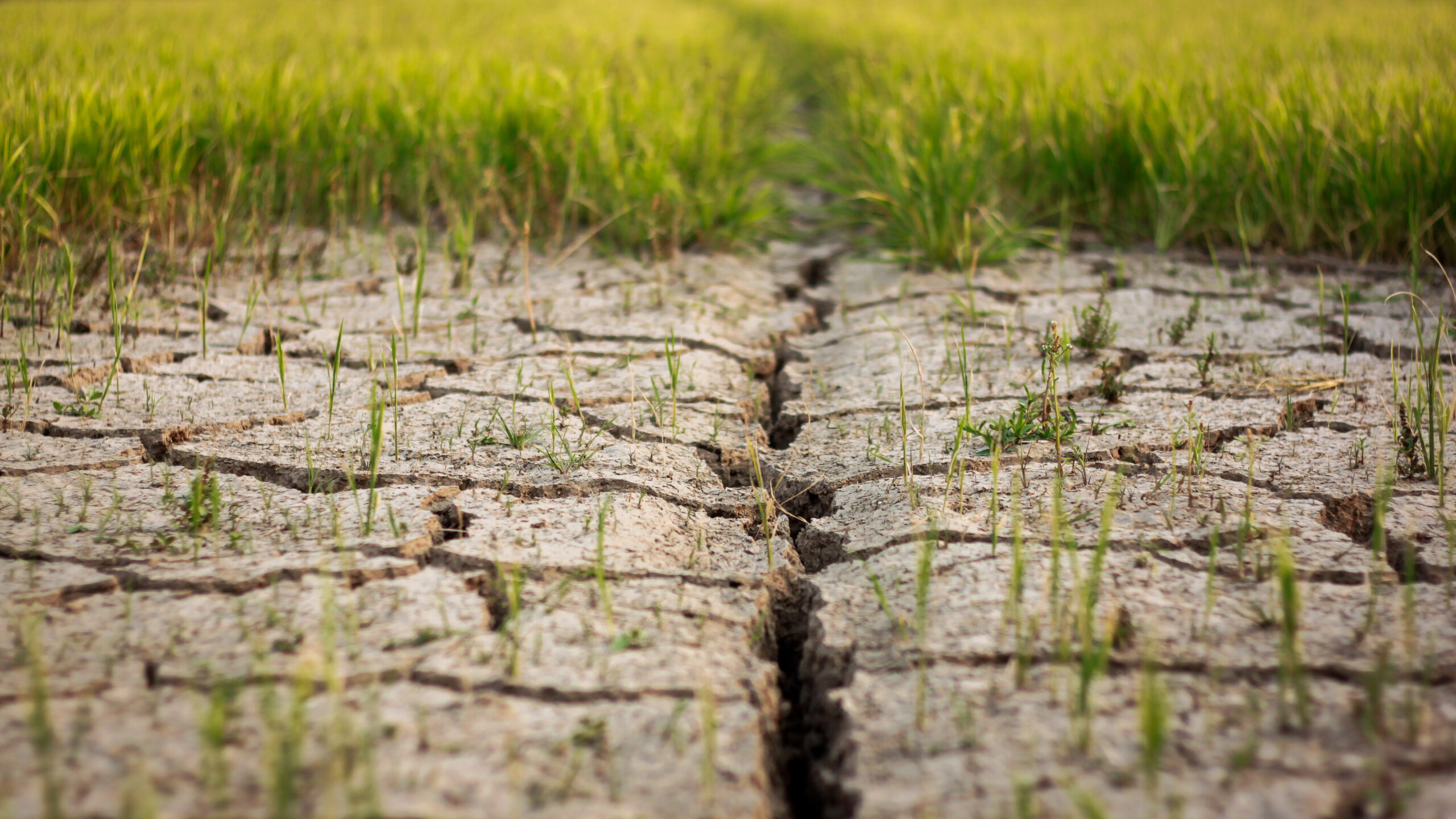Achieving Land Degradation Neutrality Targets of Georgia through Restoration and Sustainable Management of Degraded Pasturelands
Duration: 2020-2024
Geographic area: Dmanisi, Gurjaani, and Kazbegi municipalities; Kvemo Kartli, Kakheti and Mtskheta-Mtianeti regions
Implemented by: FAO, REC Caucasus and CENN, Initiated by MEPA
Donor: GEF
The overall objective of the project is to support the national efforts to implement LDN targets of Georgia through restoration and sustainable management of the degraded pasturelands (National Targets 1 and 4). Thus, the project works on developing pastureland management plans in target municipalities, enabling an environment for LDN, land-use planning processes, and security of tenure rights with a specific focus on pasturelands. This will be followed by scaling up the select approaches within three target municipalities using the land use plans and targeted capacity building programs and awareness-raising campaigns.
The experiences of this project will be replicated across Georgia through activities of MEPA, RECC, CENN, and international partners, and shared with other countries in the region and at UNCCD.
The project has four overarching components: (1) Strengthening the regulatory and institutional framework for sustainable management of pasturelands in Georgia, (2) Demonstration of sustainable pastureland management practices and scaling up successful approaches, (3) Capacity building of the key stakeholders on sustainable management of pasturelands and achieving land degradation neutrality, (4) Effective Knowledge Management through RBM, monitoring and evaluation. CENN, as a Partner organization is implementing component 3.
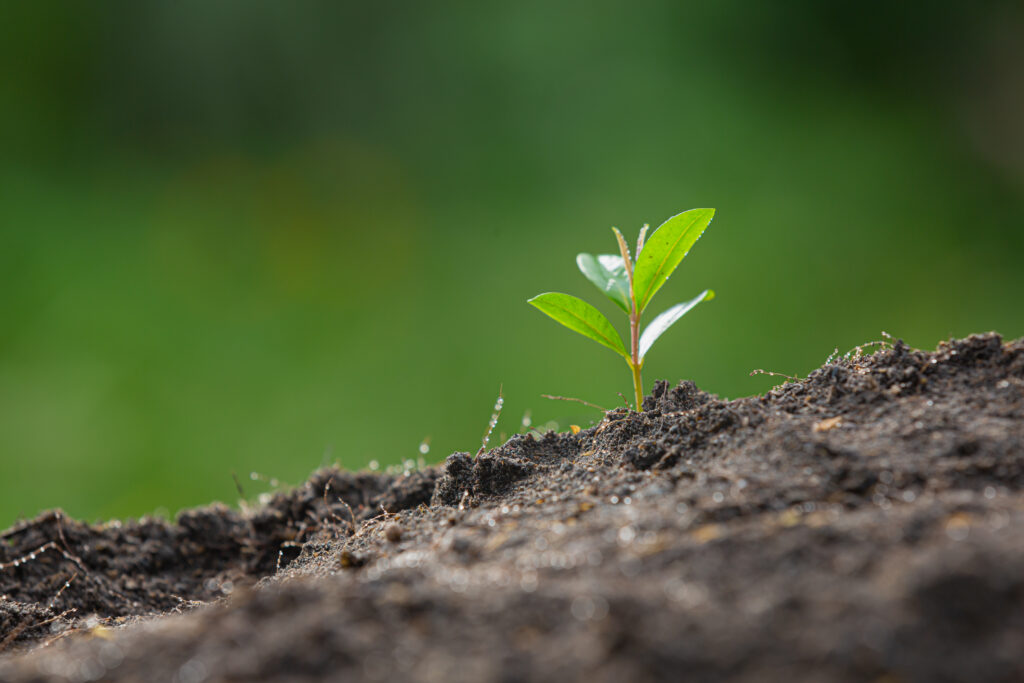
Environmental protection and natural resources management
The project through strengthening the regulatory and institutional framework, demonstrating of sustainable pastureland management practices and capacity building of the key stakeholders on sustainable management of pasturelands, contributes to sustainable management of pastures, which due to under management, overgrazing, degradation is one of the main, vulnerable natural resource.
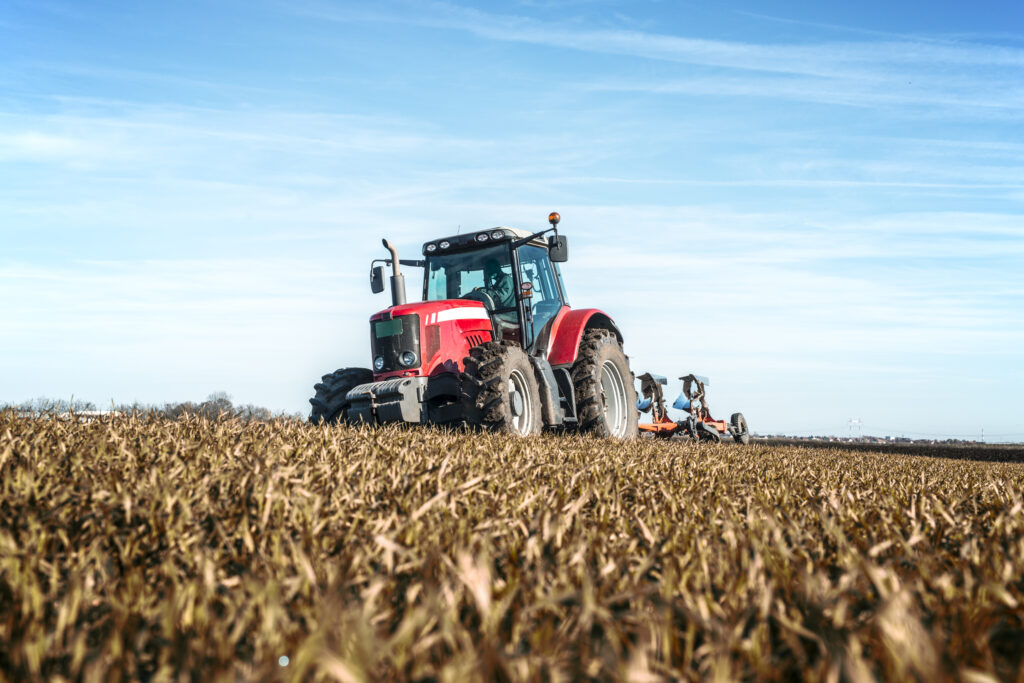
Sustainable
agriculture
The project works on the promotion of sustainable intensification of livestock production via capacity building of local farmers. smallholders are educated on balancing the livestock diets, which would increase productivity, decrease GHG emission intensity and decrease dependence on the pastures (avoid overgrazing and land degradation). The project will contribute to a revival of old, traditional breeds, which are well adapted to the local environmental conditions. The project, to strengthen the livestock value chain in three target regions, developed 5 differing business models for pasturelands under different land tenure systems mainstreaming LDN principles based on the cost-benefit analysis.
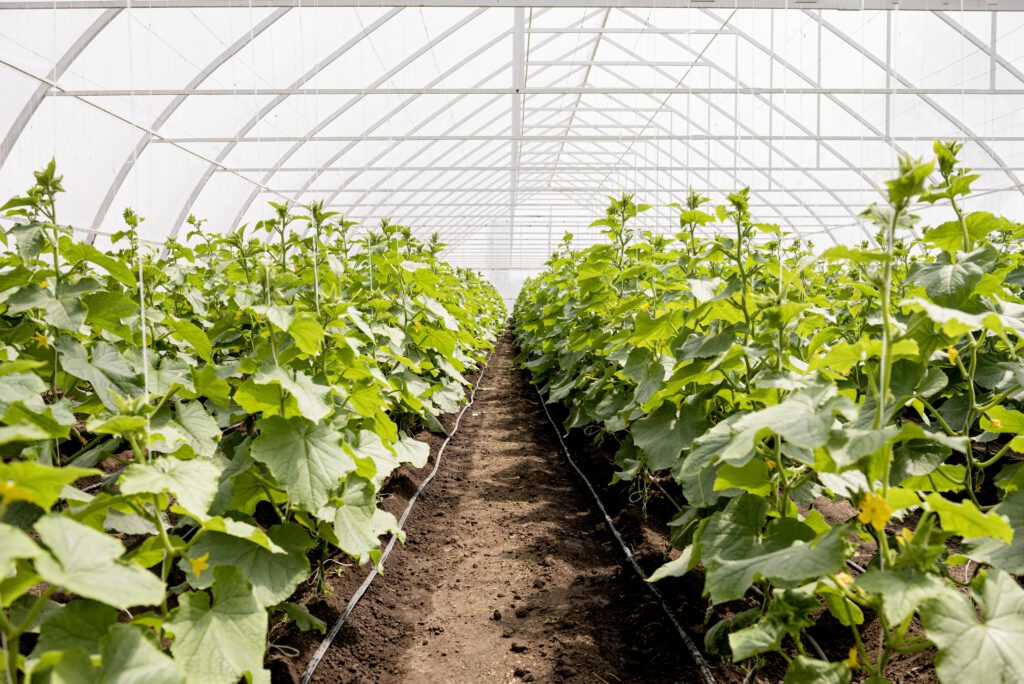
Food security,
safety and
sustainability
To address the issues related to the safety of animal-origin foods, the project is implementing various awareness-raising and capacity-building activities such as trainings, development of knowledge materials and digital/video lessons on animal health, veterinary and animal welfare. Furthermore, to increase the productivity of livestock production, the project conducts farmer field schools on intensification of livestock production, proper animal feeding and selection of dairy and beef cattle breeds.
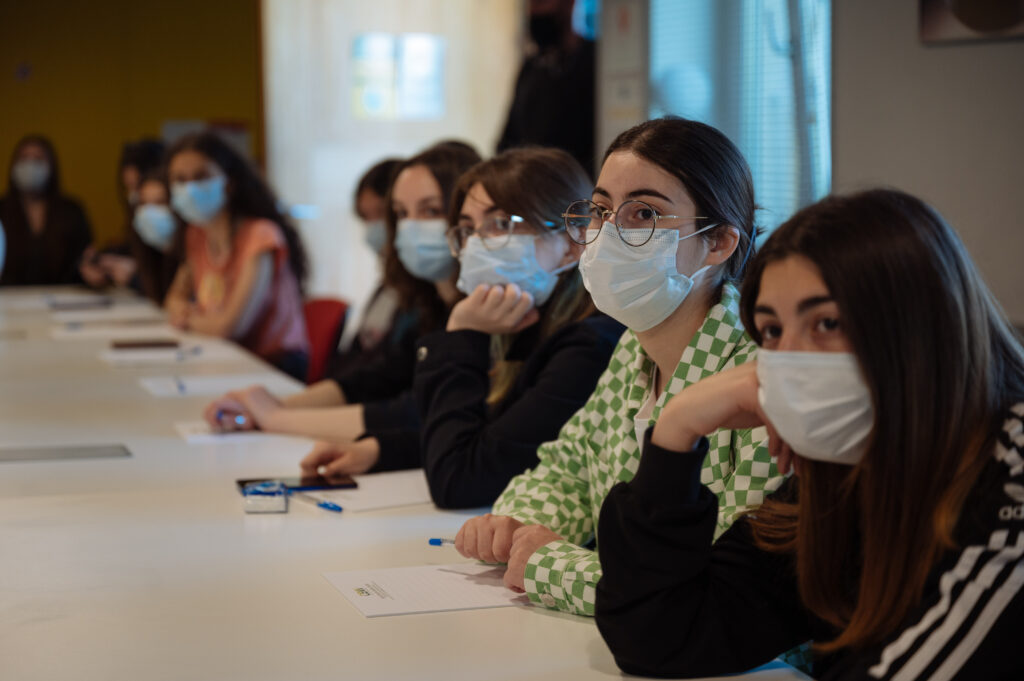
Human
capital
development
There is a significant gap in the education of farmers in terms of agriculture. Lack of special knowledge in livestock farming, as well as sustainable management of pastures significantly restricts further development of livestock sector and leads to the deterioration of pasturelands. In response to this challenge project conducted capacity need assessment of the key stakeholders, developed capacity building program focusing on the application of the SLM/LDN and is delivering trainings on various environmental and agricultural topics. The project is developing a set of knowledge materials, manuals and media products to be used by extension specialists, farmers and other stakeholders.
